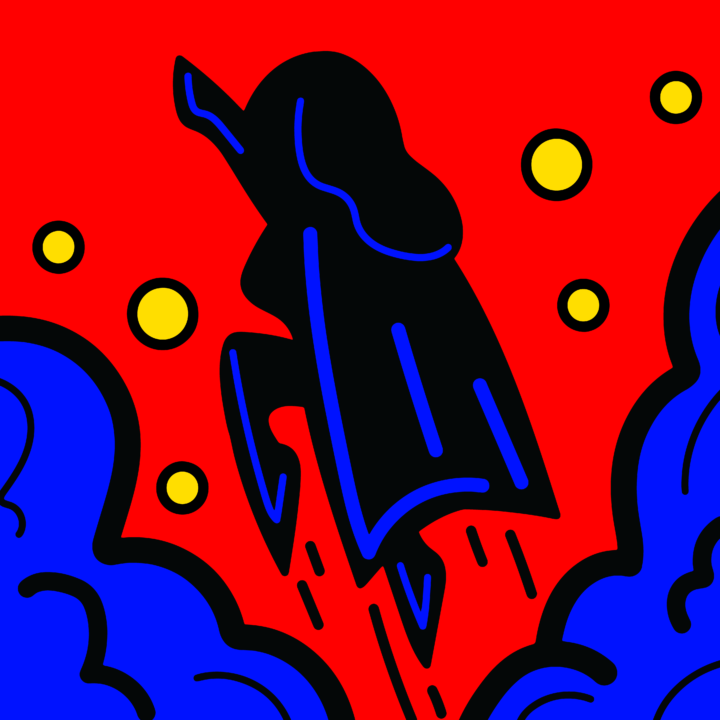by: Jamia Garrett
On August 5th, 2021 thousands of women took to twitter to share their art portfolios with potential clients and the public using the hashtag #VISIBLEWOMEN. Originally, the tag was targeted at sequential artists by Kelly Sue DeConnick, to shed light to the fact that women in comic art are present in the world and are doing an amazing job at it. The hashtag eventually grew to include women from all artistic fields making the tag a space for creative women from all backgrounds to share pieces themselves to grow their audience. The comic art industry, like so many others is typically a cis-male dominated space with women instead making up a large percentage of children’s and YA graphic novels.
This hashtag was an act of protest due to the fact that women in this field are often overlooked and underrepresented. They are instead passed over for their male counterparts and, like in any field, paid significantly less. In 2018, from July-December both Marvel and DC Comics ran a study on their credited creators. During those months DC Comics released 391 new comics. Only 17.2% of the credited staff were women. Marvel Comics released 486 new comics with only 16.3% of their credited creators being women. These percentages don’t include the considerably small amount of non-Binary creators included.
It doesn’t help that people in this field are freelancers. This means they don’t have to be provided healthcare by the companies they’re freelancing for. Women freelancers with extensive resumes are often overlooked for males with half of their experience leading women to pursue different revenue streams in addition to their comic art. The harassment is another factor which alienates women from keeping a career in comics. Women in the industry have been harassed out of jobs by their peers and by “fans” of those comics determined to keep the industry from evolving. There are noted examples of this happening in major comic companies. There have even been allegations of sexual abuse by men of power in the industry.
Ms. Marvel writer Willow Wilson previously spoke about how hard it was for women to gain professional experience. She said there was a “casting couch” atmosphere to navigating the industry if you were a woman, while men had a very different experience. Men were submitted to the regular trials of networking, knowing the right people and having an ounce of talent.
Historically women with big roles have even been blocked out from conversations in and about the industry. Marie Severin, for example, played a vital part in shaping Marvel Comics into what it is today and still felt left out of conversations while in meetings with men. She acknowledged the “boys club” exists, even in this trade. Marie started out her career as a colorist for EC Comics where it was said by her male peers that she kept the sexualization of female characters from going too far. While there, she was known for using one color on a page, a technique used to put emphasis on the action in a scene that is still used today.
The first documented piece of published sequential art was done by Rose O’Neil in 1896. It was added to a book done by cartoonist Trina Robbins, a notable founder of the underground comic scene who made it her mission to uncover buried women cartoonists. While men were away during WWII women were able to work as comic artists, writing adventure and romance comics only to be replaced by men as they returned home from the war. This erased the legacy that so many women had built for themselves and in some, if not most, cases reduced them to housewives. Trina Robbins was also openly critical of the sexualization of women in comic production. She’s noted for criticizing work done by Robert Crumbs, being one of few to comment on his choice to display sexual violence against women in a joking manner.
Bottom line, we need this representation in the comic and art world. When women are left out it leads to men being the voice in the room and the unrealistic portrayals of women in them. #VISIBLEWOMEN is encouraging all women to be seen in a space that celebrates and acknowledges their contributions to the art world. With the hashtag animators, 2D artists, concept artists, jewelry makers, and others have the potential to be scouted for their talent and to shape the future of art. This hashtag is part of a longer and deeper legacy for inclusion in the art world. Women make up just about half of comic fans and less than a quarter of women are employed by major comic companies today.






